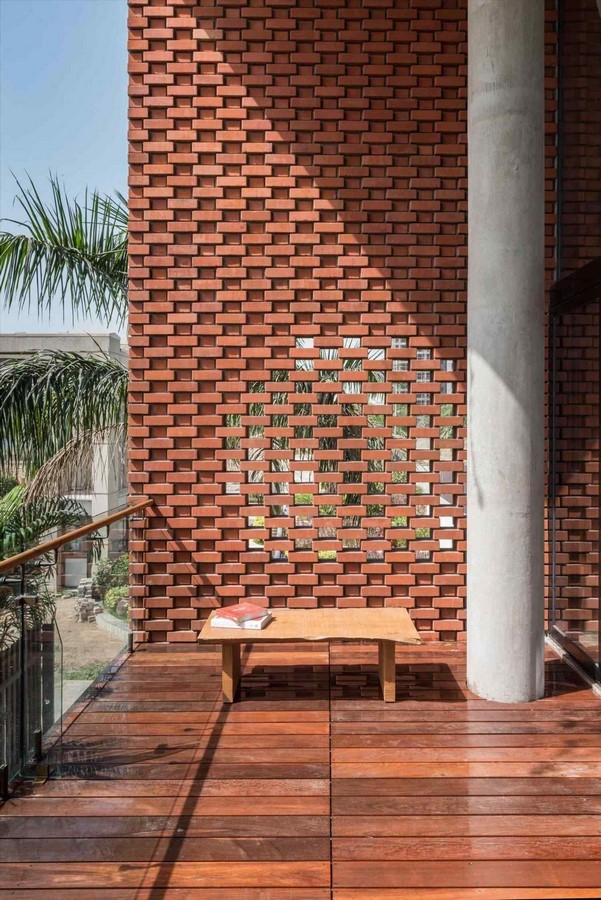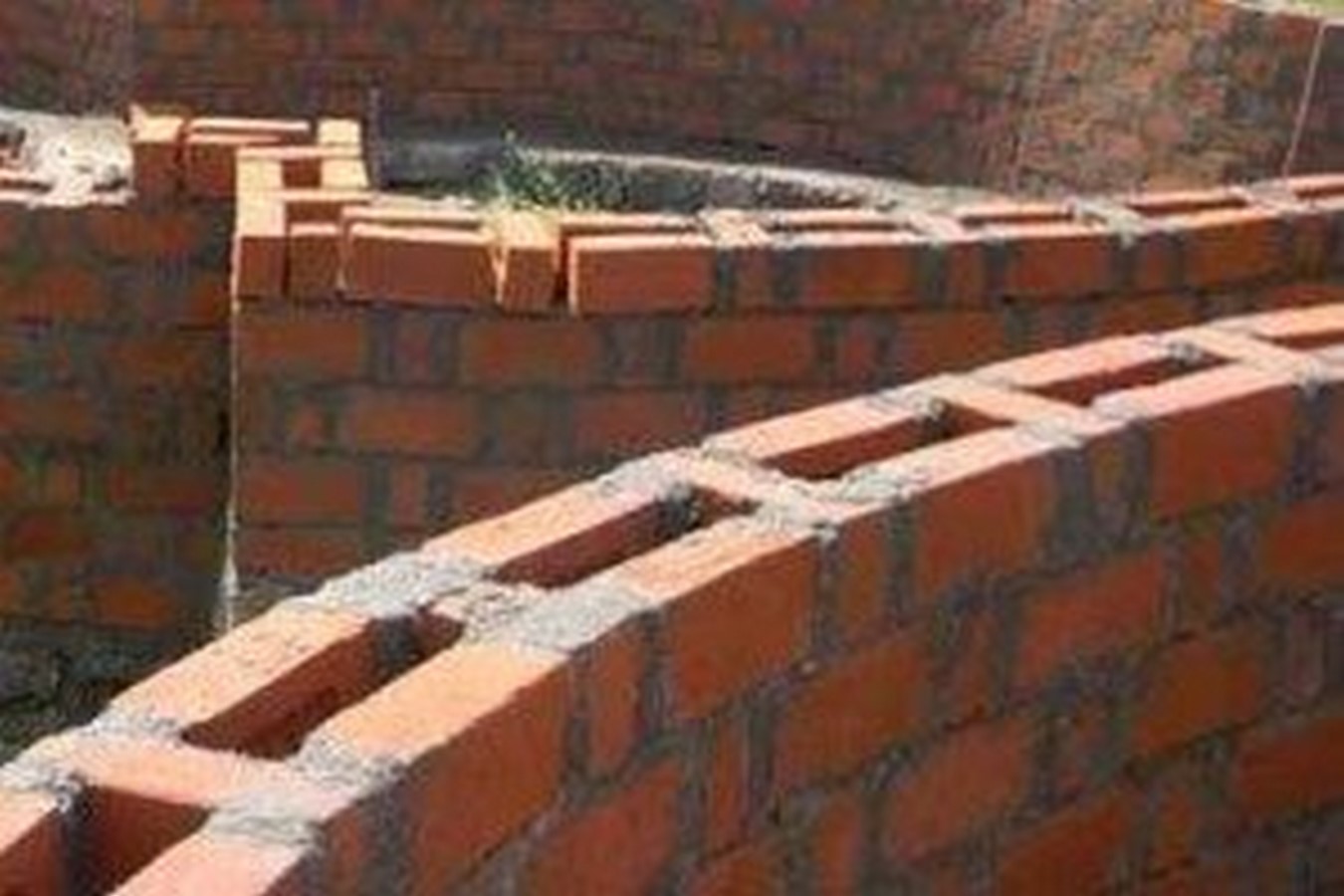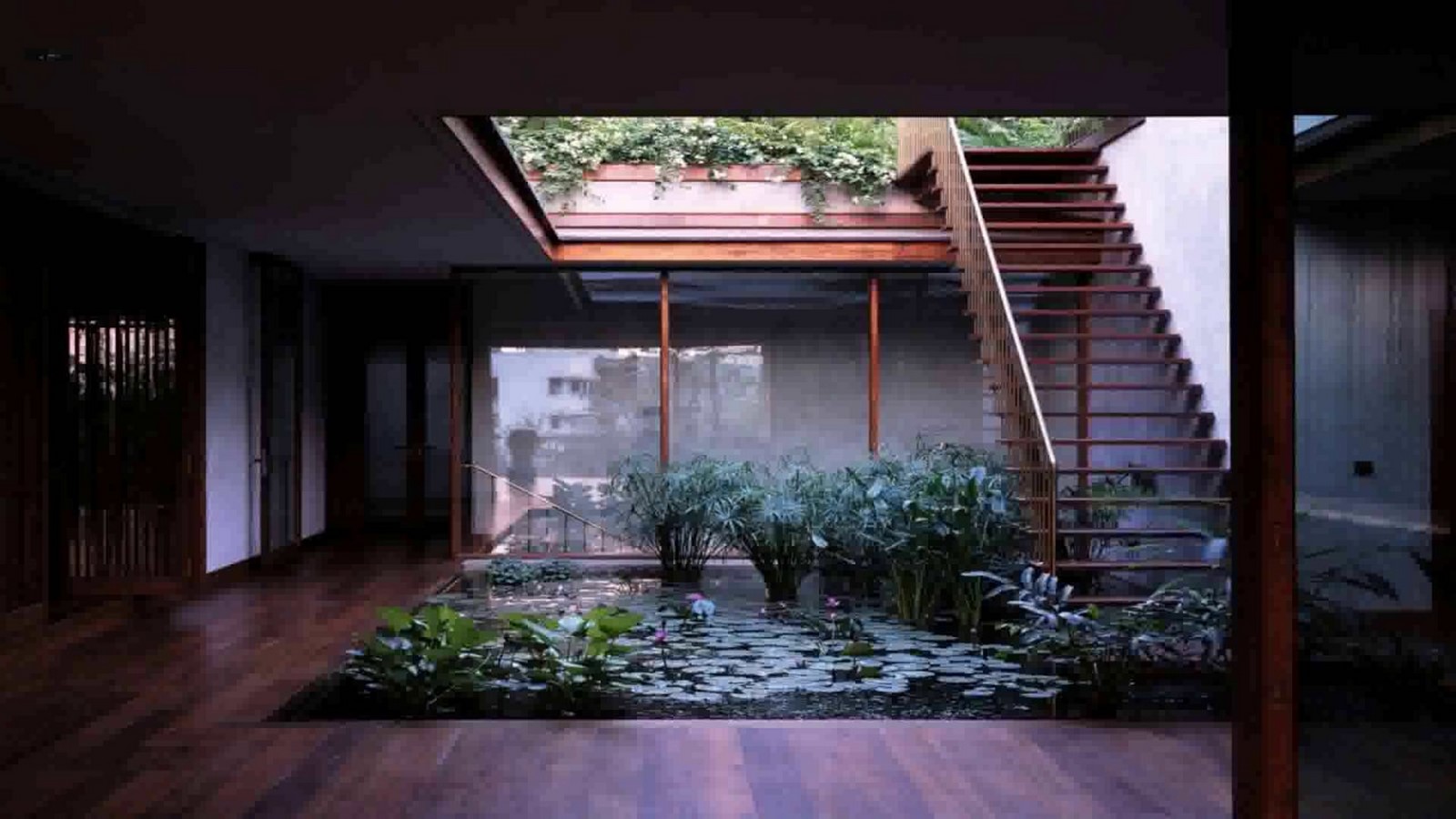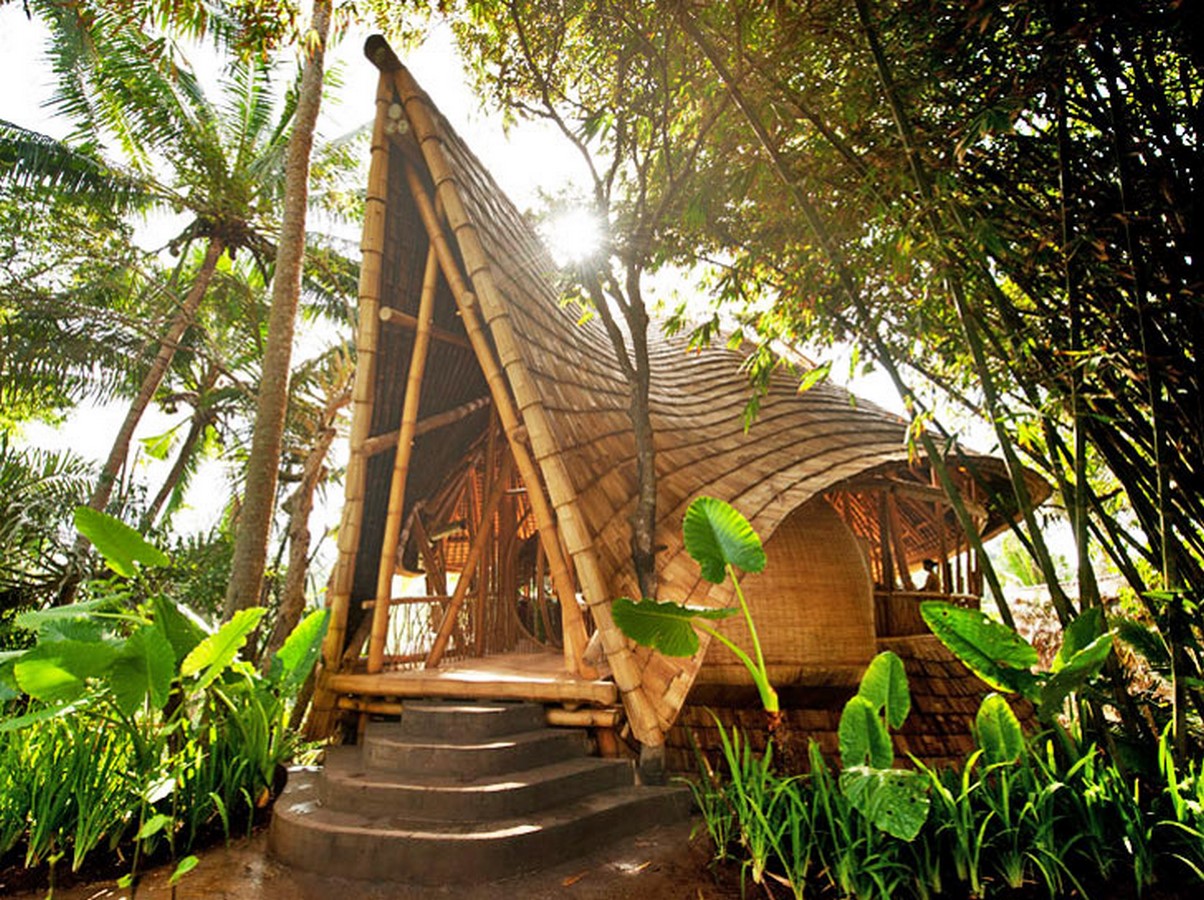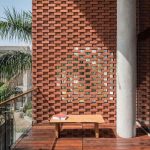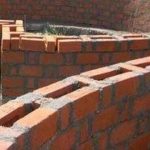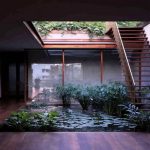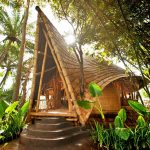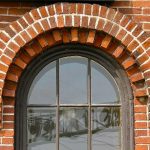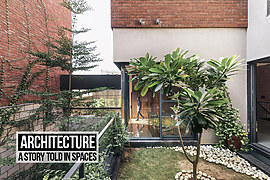Vernacular architecture is architecture before architects and is characterized by the use of local materials and knowledge. After being seemingly forgotten in modern architecture, these techniques are catching eyes back, as these structures have proven to be energy-efficient and altogether sustainable.
Here are some vernacular techniques and elements that you can use even today that will help you save some money for those entire interior vogues:
Using brick jaalis instead of windows or parapet
Jaalis have been used in Indian architecture for a long time and are an excellent element to shield the interior view along with providing filtered light and wind into space. It can save some of your money along with providing such great aesthetics and are a good replacement for those glass windows and solid parapet walls.
Image Sources: brick jali ©Pinterest
Rat trap bond for walls
Choosing a rat trap bond for a 9” wall would require approximately 25% fewer bricks and 40% less mortar than traditional masonry and save approx. 25% of your money. Cavity induced in the wall provides better thermal insulation, resulting in cooler interiors during summer, and warmer interiors during winter without compromising the strength of the wall.
Image Sources: Rat trap bond ©Architecture live
Filler slab
It is a slab construction technology where concrete in the bottom part (tension zone) of the slab is replaced by lightweight and low-cost filler material. Thus, less concrete and steel are used, which can save about 23% of the cost required for traditional slab. This slab enhances thermal comfort inside the building due to the heat-resistant qualities of filler materials.
Using locally available material
It will ensure that you feel connected to your surroundings and who doesn’t want to save some transportation and handling costs.
Using Compressed Stabilized Earth Blocks
These are commonly known as ‘Pressed Earth Blocks’ and are made using damp soil under a high amount of pressure to form blocks. CSEBs are an environmentally friendly alternative to clay bricks and are about 40% cheaper than conventional materials such as clay bricks. The strength of these blocks is most of the time higher than the local country fired bricks, despite their advantages, these blocks cannot be used for high rise buildings.
Courtyard for interiors
Although this doesn’t shrink your construction cost but will definitely save the operational cost of the building by escaping the summer heat; convection draws warm air out of the rooms around the courtyard and in winter courtyards are places to bask in the winter sun, sheltered from cold winds. They are a great recreational element and create a soothing buffer space within the house.
Image Sources: courtyard ©youtube
Bamboo as a building material
If treated sufficiently against insect or fungus attack before being utilized for building purposes bamboo can work wonders. It is stronger than steel or concrete and is quite cost-effective. Bamboo not only can be used in various forms such as roof, partition walls, or reinforcement but also serves aesthetic purposes.
Image Sources: Bamboo construction ©inhabitat
Climate responsive design
One thing that our ancestors focused upon was designing; they knew long before that each building stands in a different location, thus, it requires unique planning. Building design that works for Rajasthan may not work for Kerala. So, by constructing buildings according to climatic conditions we can drastically cut the construction as well as operational costs.
Arch openings
Arches are an economical and aesthetical means of opening. Traditional R.C.C lintels which are costlier can be replaced by brick arches and 25-30% of the construction cost can be saved. By adopting the different types of arches, a pleasant aesthetic appearance can be given for the facade of the building.





